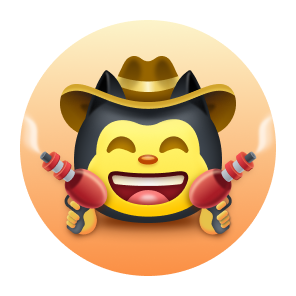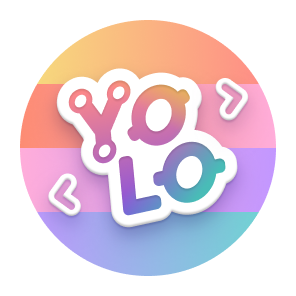Your new jumpstart project includes basic organization with an organized assets folder and a components folder.
If you chose to develop with the router feature, you will also have a views folder.
project/
├─ assets/ # Any assets that are used by the app should be placed here
├─ src/
│ ├─ main.rs # The entrypoint for the app. It also defines the routes for the app.
│ ├─ components/
│ │ ├─ mod.rs # Defines the components module
│ │ ├─ hero.rs # The Hero component for use in the home page
│ │ ├─ echo.rs # The echo component uses server functions to communicate with the server
│ ├─ views/ # The views each route will render in the app.
│ │ ├─ mod.rs # Defines the module for the views route and re-exports the components for each route
│ │ ├─ blog.rs # The component that will render at the /blog/:id route
│ │ ├─ home.rs # The component that will render at the / route
├─ Cargo.toml # The Cargo.toml file defines the dependencies and feature flags for your project
- Install npm: https://docs.npmjs.com/downloading-and-installing-node-js-and-npm
- Install the Tailwind CSS CLI: https://tailwindcss.com/docs/installation
- Run the following command in the root of the project to start the Tailwind CSS compiler:
npx tailwindcss -i ./tailwind.css -o ./assets/tailwind.css --watchRun the following command in the root of your project to start developing with the default platform:
dx serve --platform webTo run for a different platform, use the --platform platform flag. E.g.
dx serve --platform desktop

